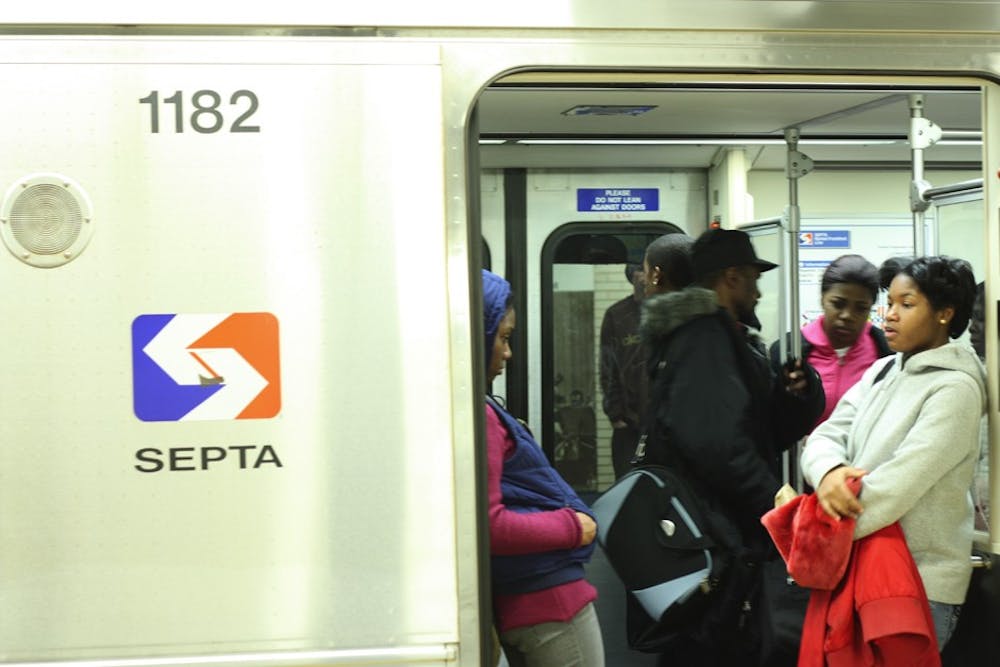
SEPTA has experienced its highest ridership in 22 years.
Passengers took 334 million trips using the service’s system of buses, trains and trolleys in the 2011 fiscal year, which ended June 30, according to a SEPTA statement. This figure was a 4 percent increase from last year and its highest yearly total since 1989.
“It’s an upward trend that we hope to continue,” SEPTA spokeswoman Jerria Williams said.
SEPTA spokesman Andrew Busch said that the Center City area, as well as its surrounding neighborhoods like University City, saw an increase in the number of young riders. Many of these riders are people “who are out of college, don’t have a car and are either working or living in the city,” Busch said. Using SEPTA would be the most practical choice of transportation for them, he added.
Ridership has increased on the various lines that Penn students use between the University City and Center City areas.
All five of the bus routes that go through University City have increased weekday average ridership, according to Busch. The route 30 bus in particular saw a 29 percent increase in ridership. Trolleys 10, 11, 13, 34 and 36 all had their average daily ridership up 3 percent. The subway system’s Market-Frankford Line — SEPTA’s busiest transit line — saw ridership increase by 4 percent.
Asdy Wan, a rising Wharton sophomore, takes the MFL as well as the number 10, 11 and 34 trolleys to travel between Penn and Center City. Although she said that the poor economy may have had an influence in the ridership gains, Wan hasn’t noticed a big change in the number of passengers using SEPTA.
“Personally, I don’t see any difference compared to five years ago,” she said.
Busch cited improvements to customer service, refurbished facilities, spikes in gas prices, an ailing economy and increased younger riders as agents behind the increase.
In a year in which SEPTA raised its fare and cut 25 percent of its capital budget due to less funding, which forced the authority to put multiple projects on hold, Busch is impressed that it was able to sustain its ridership, let alone experience a record rise in passengers.
“Historically, when you put fare increases, you see a dip in ridership,” he said. “But this year, we mitigated it through small incremental increases.”
In hopes of gaining more riders in the future, Williams said that SEPTA will continue its focus on providing better customer service. Some initiatives already underway include the implementation of a new payment system that utilizes cards instead of tokens, which Williams hopes will be available a few years down the road.
Busch said that maintaining passengers is key. “Our job is to keep people in the system and make sure SEPTA is their first option.”
The Daily Pennsylvanian is an independent, student-run newspaper. Please consider making a donation to support the coverage that shapes the University. Your generosity ensures a future of strong journalism at Penn.
DonatePlease note All comments are eligible for publication in The Daily Pennsylvanian.








